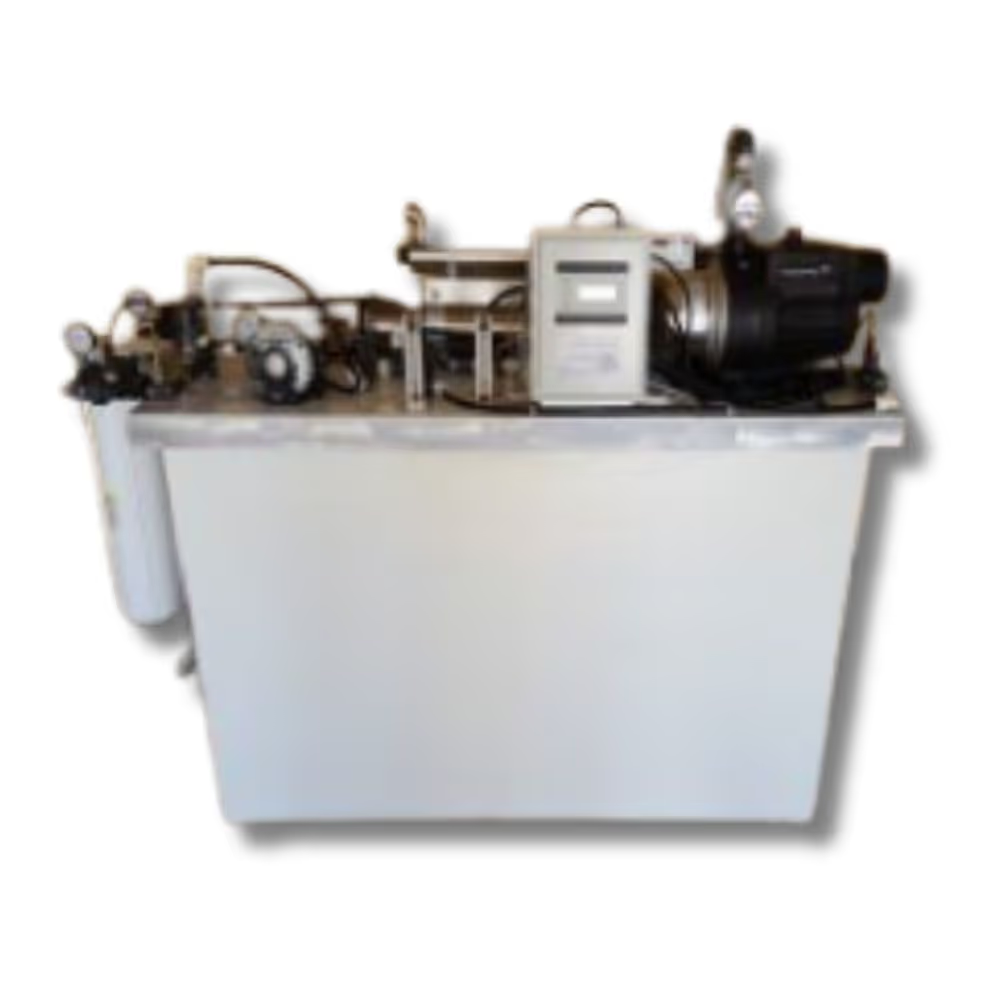Maximize Your Home or Drinking Water with Reverse Osmosis
WHAT CAN A WHOLE HOUSE REVERSE OSMOSIS SYSTEM OR DRINKING WATER REVERSE OSMOSIS SYSTEM REALLY DO FOR YOU?
The common requests from prospective equipment purchasers range from “we want a better taste” to “we require total safety” in our water. This is an extremely broad range of expectations. We’ll cover the details, but with preciously few exceptions, the RO units will address both extremes and everything in between.
Our sources of useable water are surface water such as lakes, rivers, streams, and ponds. They are subject to runoff of animal waste, fertilizers, insecticides, pesticides, and a myriad of industrial chemicals from the surrounding watershed. Another source is water from shallow and deep wells. Their contamination, if any, is due to the percolation of acidic rainwater through soil and rocks, poor seals at well heads, and non-local exposure of an aquifer to surface water.
The simplest approach to understanding water chemistry and the impact RO has on it is to break down the water chemistry into families of issues and then compare with the processes performed by a properly designed RO(A) system. Let’s dive in.
FAMILIES OF CONTAMINANTS WITH EXAMPLES. Health-disruptive items are highlighted in red.
- Suspended solids. Nearly total removal by inlet turbidity filter plus 0.001-micron membrane pore size
- General debris. Things that can be seen in water by the naked eye such as sand, silt, oxidized (red water) iron, clay, etc.
- Fine particles are referred to as colloidal such as a form of oxidized iron and tannins.
- Micro and Nano-sized particles such as micro and nano polymers(B) are caused by the physical degradation of discarded plastics. Carcinogenic and found in water, air, bloodstreams, and our food chain.
- Dissolved solids. 96 to 99% removal by inlet carbon filtration and membrane rejection process
- Almost all elements on the Periodic Table plus some key compounds. Calcium, magnesium, sodium, chloride, alkalinity, fluoride, arsenic, aluminum, lead, cadmium, chromium, chromium-6, mercury, nitrates, nitrites, and sulfates.
- Forever chemicals PFAS(B). Like micro and nano polymers, these fluoride-based organic compounds released by chemicals such as Teflon, are everywhere in our environment and carcinogenic.
- Organic compounds. 99%+ removal primarily by inlet carbon filtration supplemented by membrane rejection.
- Agricultural chemicals fertilizers, insecticides, pesticides
- Industrial/medical compounds. It is estimated that the list of such chemicals contains over 100,000 items. Most common are Pharmaceuticals, carbon tetrachloride, toluene, benzene, gasoline, vinyl chloride, acetone, MEK,
- 99%+ removal primarily by extremely small membrane porosity supplemented by pre and/or post-UV options if severe.
- Commonly found bacteria coliforms and e-coli. Viruses and cysts.
- Algae, mold, fungus
- Dissolved Gasses. 95% removal of chlorine and chloramines and their byproducts by carbon filtration. Others barely changed.
- Added by treatment. Chlorine, chloramines. Byproducts after disinfecting DBPs, trihalomethane, chloroform
- Oxygen, carbon dioxide, hydrogen sulfide, methane, radon (C)
- Radioactive materials. 90-96% removal by membrane rejection and porosity. Radium, uranium
Notes:
(A) Design must include at a minimum, pretreatment with 5-micron filtration and quality activated carbon plus a high-rejection polyamide membrane. If treated water is stored in an atmospheric tank, UV or ozone post tank is essential.
(B) Extremely harmful and seldom tested for. If the water source is from other than a deep well, assume present.
(C) Long-term exposure when in the air is deadly. Must be tested for on-site.
Get Started
Get Pure Water Today!
Whether you're dealing with hard water, poor taste, equipment damage, or regulatory requirements, we design systems that maximize performance, reduce maintenance, and protect your investment. Plus, you’ll get personal service from real experts, not just sales reps. Contact us today and discover how better water can make a better difference for your home or business.


.avif)





